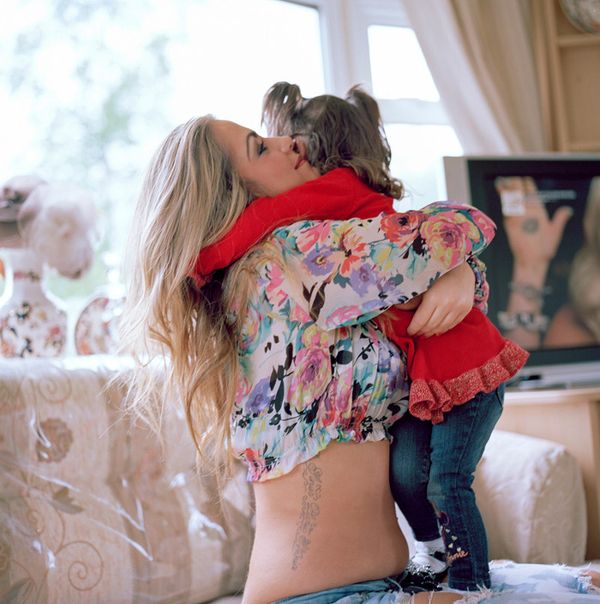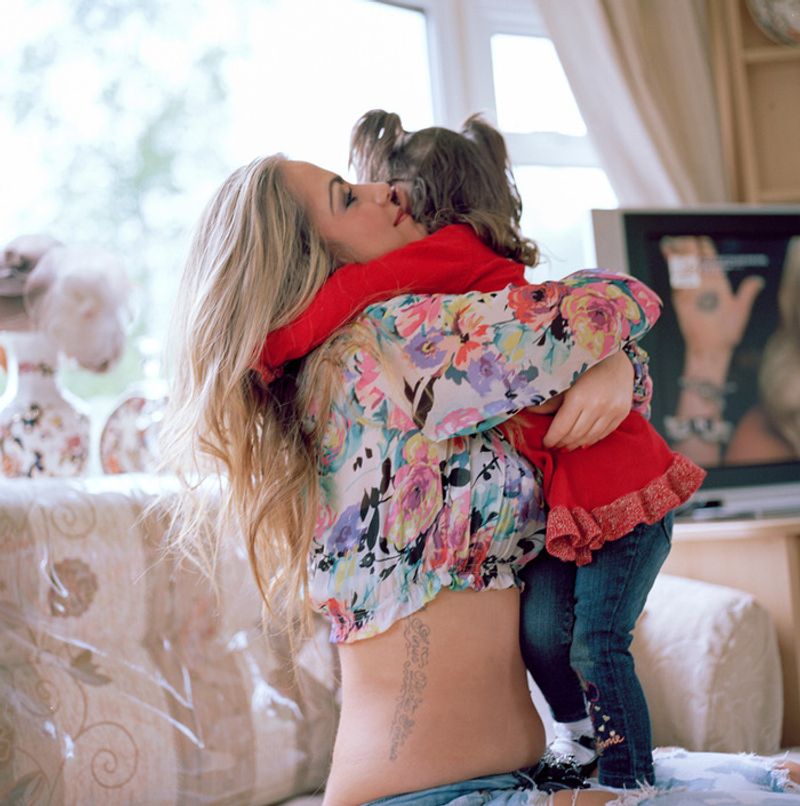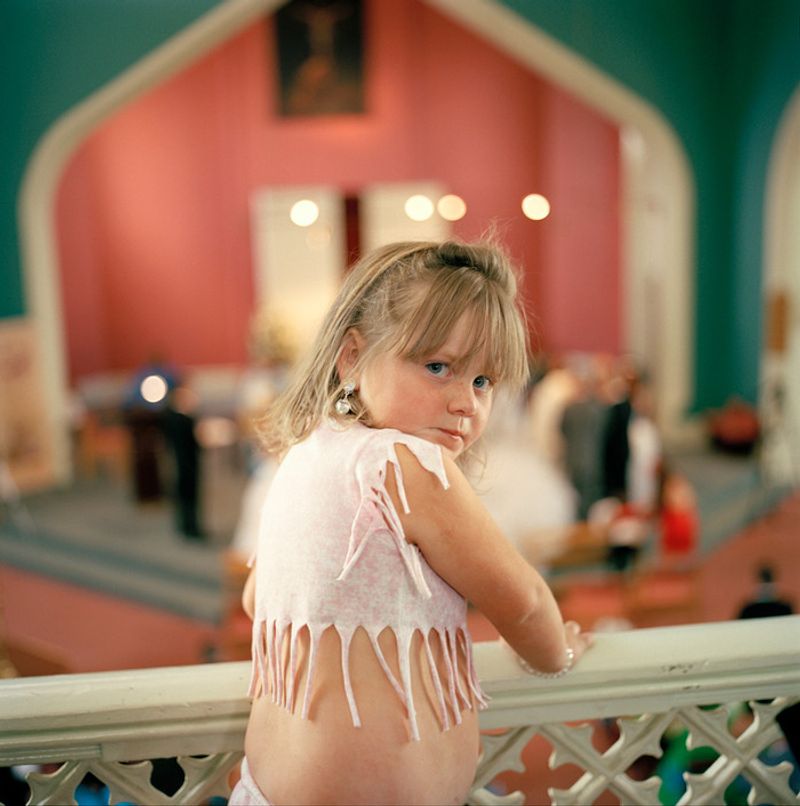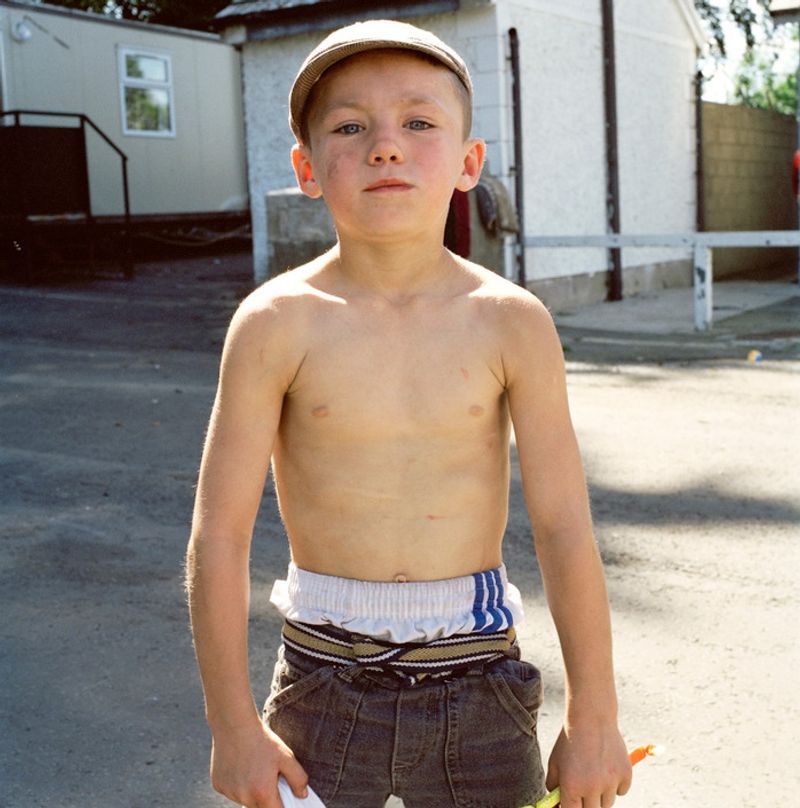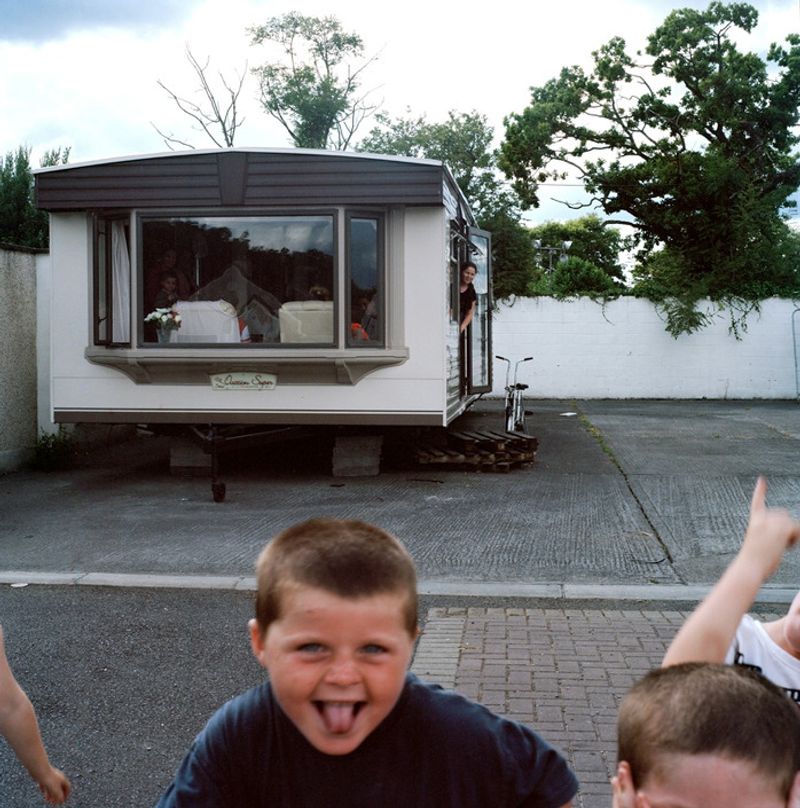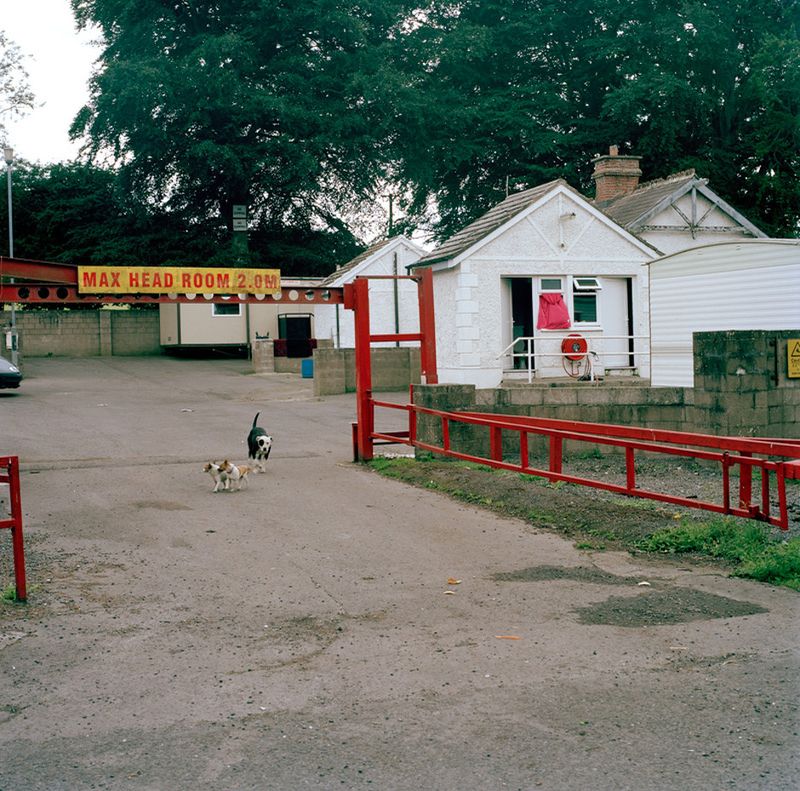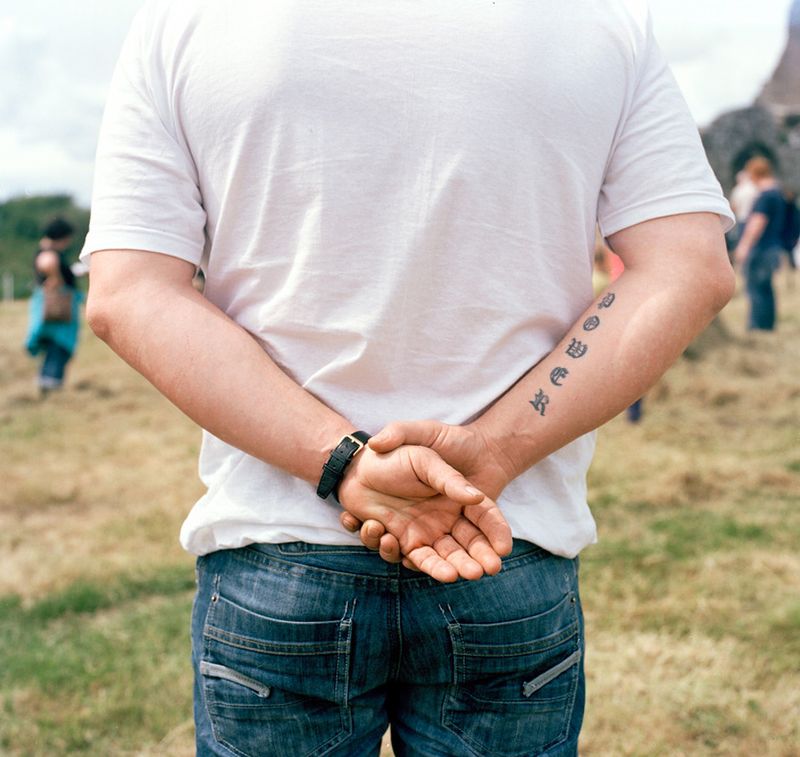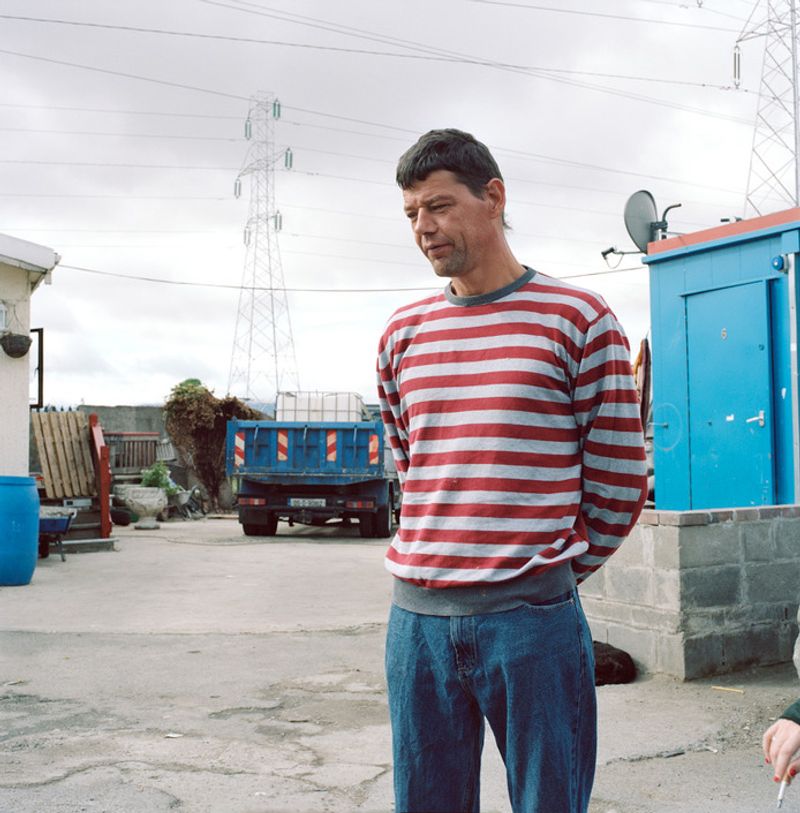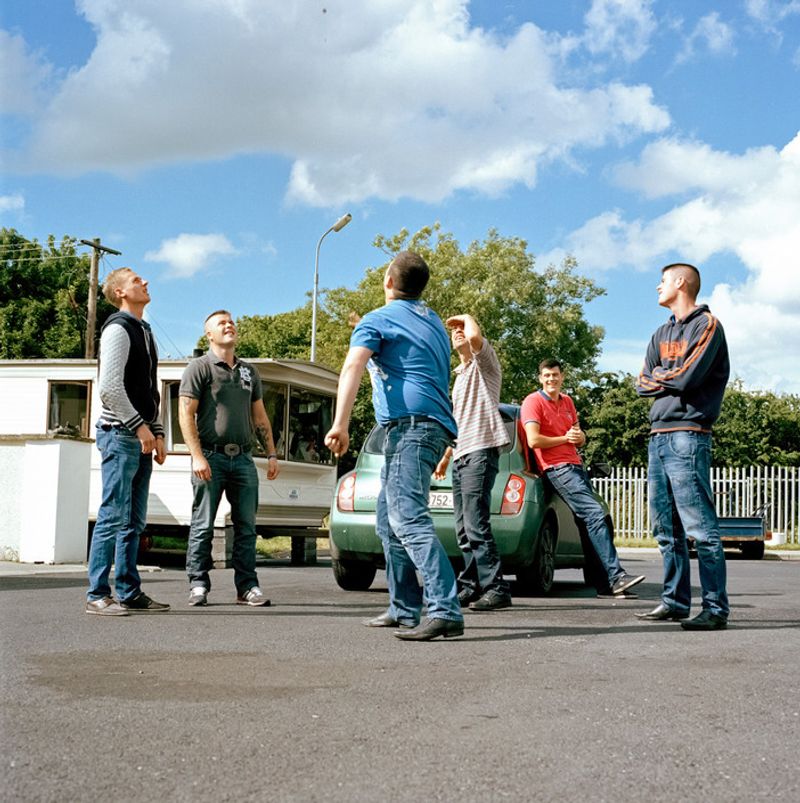"And that's the truth." A Portrait of Irish Travellers
-
Dates2013 - 2013
-
Author
Rooted in a lifestyle of nomadism dating back at least 1000 years, Irish Travellers today do not travel anymore.
Rooted in a lifestyle of nomadism dating back at least 1000 years, Irish Travellers today do not travel anymore. Originating in Ireland, Travellers consist of about 40,000 with large communities in the UK and US as well. Defined by their history of living on the road as well as a tradition of familial community, a particular attention to the Catholic Church, and their language “Cant”, Irish Travellers thrive within their own distinguished culture.
Though England recognizes Irish Travellers as an cultural minority within the law, Ireland does not formally acknowledge the ethnic distinction between Irish Travellers and “settled” Irish. During the 1960’s, in an effort to remove Travellers from the road, the Irish government built “halting sites” that Traveller families were to be relocated to. Though many still live in sites today, the economic prosperity during the era of the Celtic Tiger in the 1990’s gave some Travellers enough upward mobility to move into independent houses. A seemingly positive change, the transition away from the road, away from the communal environment, and assimilation into “settled” Ireland, now presents many new challenges for Irish Travellers. Combined with the longstanding external oppression that Travellers face, this newly isolated lifestyle has lead to a dangerous degree of internal oppression within Traveller individuals. Constituting less than 1% of the Irish population, the suicide rate among Travellers in Ireland is now seven times higher than that of non-Traveller Irish citizens. In attempt to escape these struggles, many “assimilated” Travellers today choose to not identify with their culture in hopes of avoiding prejudice and remaining in the competition for jobs.
Despite the rapid changes in lifestyle for Travellers recently, Irish Travellers remain rich with their own history and character. It is a captivating community that leaves every thought and emotion out on the line in their everyday fast-talking, quick-witted banter. They have a passion and loyalty to one another that is unparalleled in my eyes. Frequently tacked on at the end of a thought or statement in conversation, the title of this project comes from a colloquial phrase used by Irish Travellers to reverberate ideas, experiences, and their pride in the assured manner that defines them.
